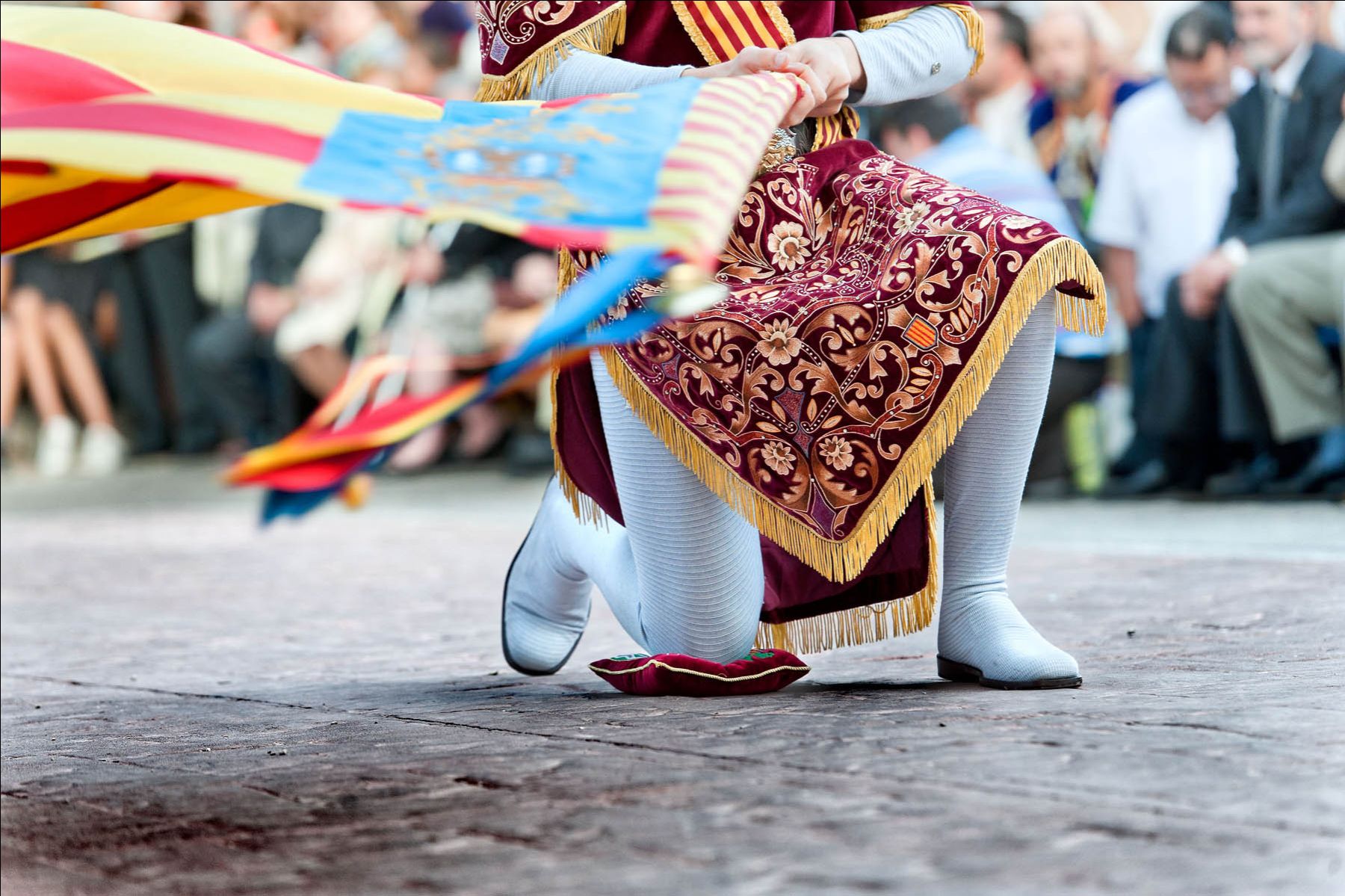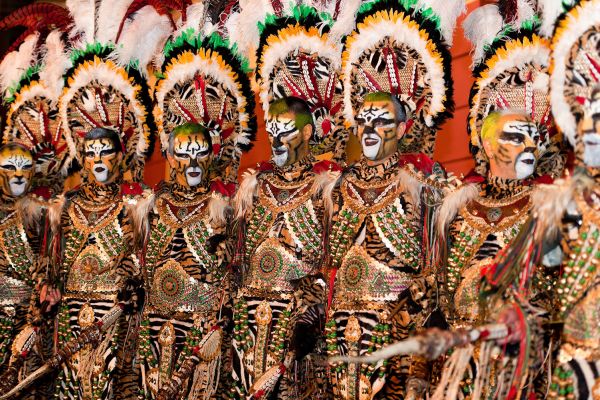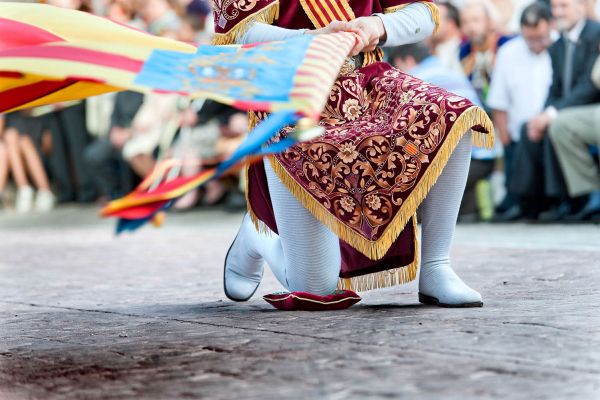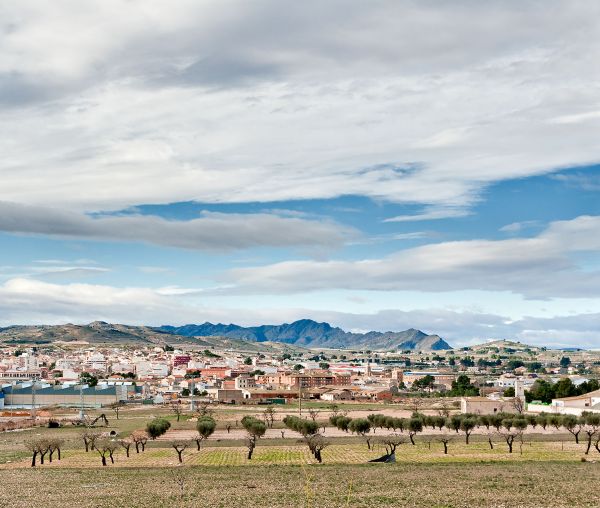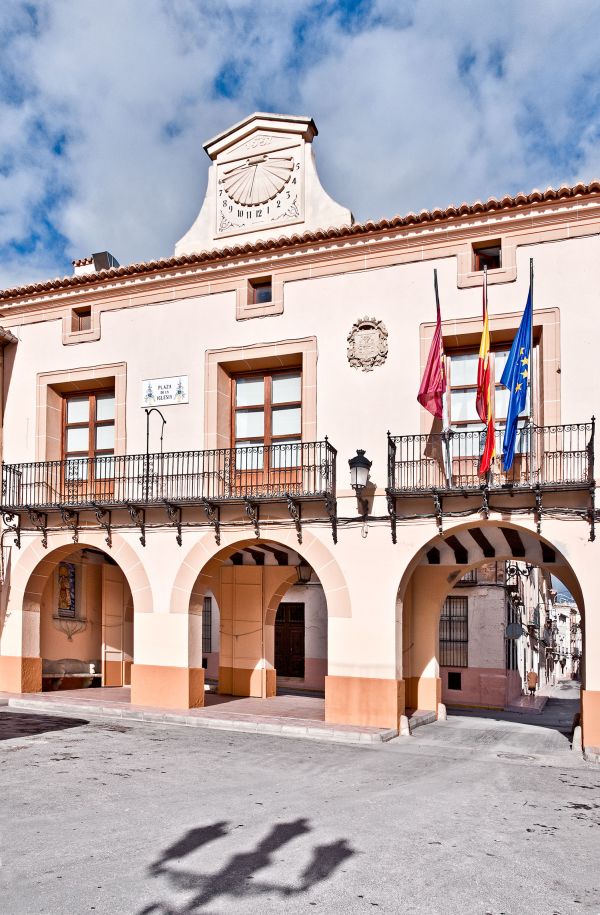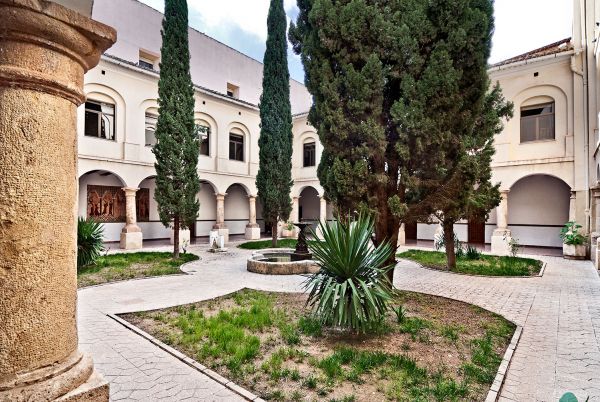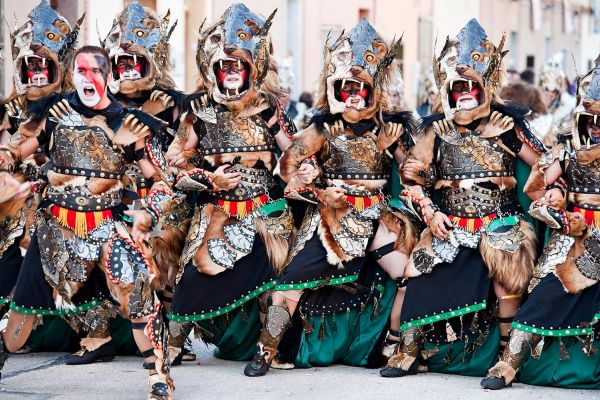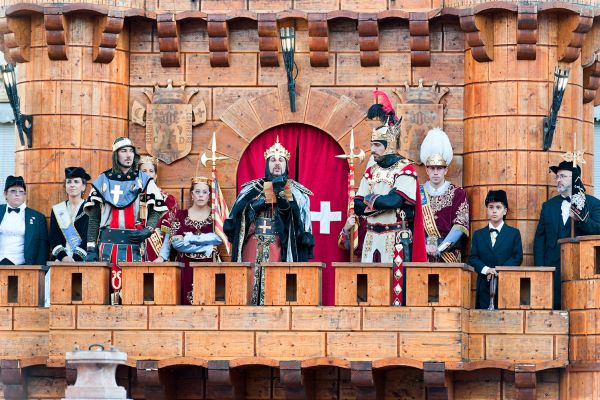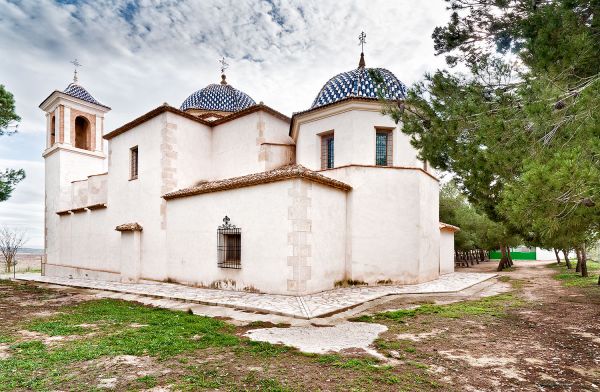Caudete and Montealegre del Castillo
Albacete
Caudete is located in the Corredor de Almansa, in the natural step between Levante and Castilla known as Vía Heraclea. Its location is therefore strategic, with a past of very old settlements.
Caudete’s unique setting has marked the town’s history and culture. It had particular strategic importance during the disputes between Aragón and Castile for the borderlands. It once belonged to the Kingdom of Valencia, and ended up a royal town, thus enjoying special privileges. Consequently, Caudete has the titles of Royal, very Noble, very Loyal and Faithful Town.
The old town offers visitors a pleasant stroll along its labyrinth of streets with Muslim and Christian origins.
This juxtaposition of Moorish and Christian influences can be seen in the remains of the castle and the wall. This castle, in the town centre, bore witness to the battles between Moors and Christians first, and then later between the Castilian and Aragonese peoples. It’s an interesting example of how some of these medieval citadels adapted to the new gunpowder-based artillery weapons. Its walls have reinforcements called ‘alambor’, which create slopes and protected them from 15th-century cannons.
Next to the castle we find the Parish Church of Saint Catherine, a blend of Gothic, Renaissance and Baroque styles. Possibly built atop the old mosque, this parish was enlarged in the 15th, 16th and 17th centuries.
Continuing our walk, along Calle Abadía and Calle Mayor, and in squares such as the Church and Carmen plazas, we come across several 19th and 20th century mansions in different styles: modernist, Neo-Mudéjar, Castilian and even Francophone.
We have the opportunity to visit three very different museums: the Rafael Requena Watercolour Museum offers the only permanent collection of this internationally recognised master. For those interested in religion, the Museum-Room of Robes/Mantles of Our Lady of Grace; and on history and architecture, there is the Caudete Heritage Interpretation Centre.
Caudete’s most beautiful natural space is Sierra Oliva. The summit can be accessed following the PR-AB-50, a 13.5 km, circular route taking us to the highest part of this mount, also known as Sierra Santa Bárbara due to the chapel there. The views from the top are quite stunning.
For adventurous types, this mountain is paragliding territory. Companies in the area organise flights.
The Corredor de Almansa, 57 km from Caudete, is also home to Montealegre del Castillo. Its fame comes from the old archaeological sites from the Iberian age (now empty): Llano de la Consolación and the Cerro de los Santos Cerro de los Santos (4th century BC - 4th century AD) is the most important Iberian archaeological site in Spain, both due to the size (over 500 sculptures found and its Greco-Roman temple) and its quality. The items found in these places are split between the National Archaeology Museum and the Albacete Archaeological Museum.
The castle, which you can visit, is originally Arabic. Its construction date is unknown, although it is known to have existed in the 10th century.
The Moros y Cristianos (‘Moors and Christians’) festivals in Caudete date back over 400 years. Held between 6 and 10 September, they have been declared of Regional Tourist Interest. Every September, these festivals take over the local social scene and draw thousands of curious visitors, tempted by the strong reputation and tradition. The city bursts with music and colour. The most eye-catching event is the “Caudete Episodes,” a theatre work dating back to the 16th century and performed in the Church Square for three consecutive days.
May also be of interest to you
Castilla-La Mancha Tourism in 2023. All rights reserved.
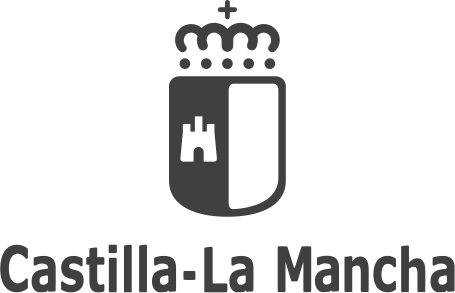
 365
365
